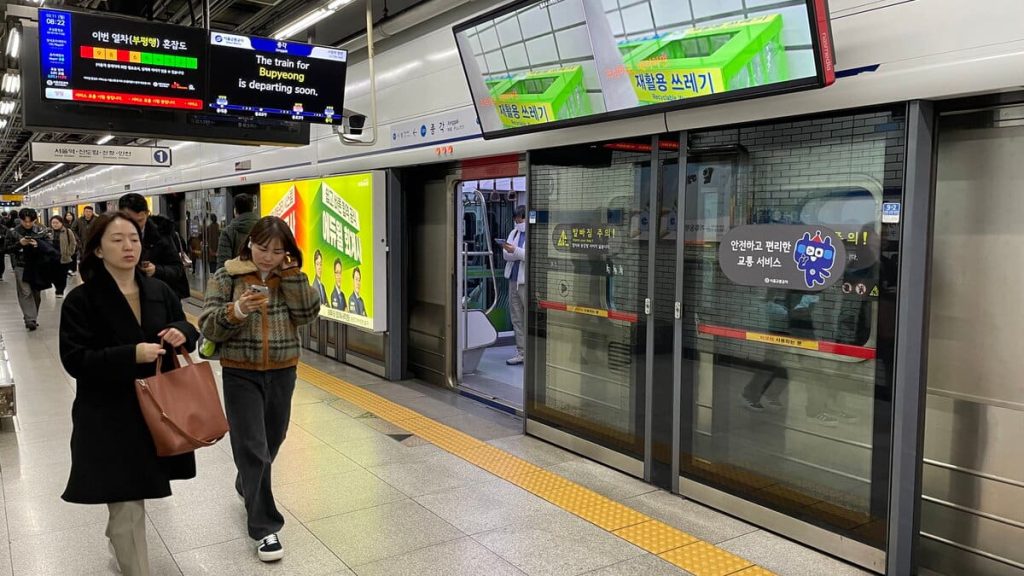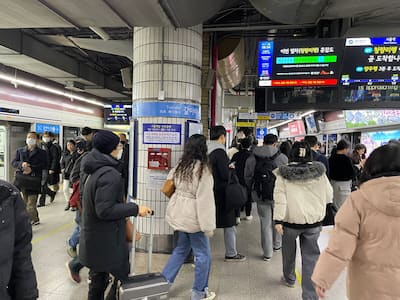
Seoul | Unlike the island of Montreal, where no new metro station has been built in 36 years, Seoul has a constantly evolving metro network. And, since every neighborhood wants its own station, it “goes without saying” to extend it.
The Korean capital already has a reputation as a “public transport haven”, but with its integrated real-time management, it wants to become “the best city for mobility in the world”.
While Mayor Valerie Plante waits for the Pink Line and the Blue Line, in Seoul, by contrast, lines and stations are constantly being added to the network.
A 14.7 km line was also under construction in the popular Gangnam district during our visit. “Not to mention expanding the network,” said Andrew Lim, research and innovation attaché at the Quebec office in Seoul. News magazine As part of our mission in South Korea. A few days after our visit the office was upgraded to representative status.
Strong demand
Demand is strong, agrees Youngjin Yan, head of the Seoul government's Advanced Futuristic Transportation Department. Everyone wants a metro in their neighborhood. “Based on traffic and public demand, we will add lines and stations.” Each new district must also be connected to the network.
Metro is a true underground city where besides the stations, there are shopping aisles with everything you need from clothes to pharmaceuticals to food.
We move efficiently in a clean and safe environment enhanced by legendary Korean discipline. During peak hours, the metro is crowded, but no one is in a rush. And the train is always on time.
It is the hub of the city's public transportation network, according to the Seoul Metropolitan Government.
“Seoul strives to become the world's best mobility city by surpassing its reputation as a public transportation paradise and innovating for the future.”
Statistics prove it: more than two-thirds of Seoulites use public transportation to get around. In Montreal and Quebec, we're talking about just 16% and 8%.
- Listen to an interview with Stephanie Martin, municipal affairs journalist at Journal de Québec on the Richard Martineau Show QUB :
Technology to improve traffic
On the surface, the entire city is criss-crossed with cameras and sensors that measure traffic data, which is sent to the Transport Operation & Information Service (TOPIS) control center. It closely monitors what is happening on the roads in real time to improve traffic flow.
The system detects accidents and congestion, changes lane configurations and sends messages to users in real time, informing them of the correct roads.
Therefore, don't be surprised if you receive a ticket after a highway code violation. TOPIS also monitors cars entering the green zone in the city center and automatically fines the owner of a polluting car that enters illegally.










More Stories
Scotiabank customers can't get their pay: “We've fixed the problem”
His wife was badly beaten at CHSLD
Here is my response to Minister Pierre Fitzgibbon's insult about the school tax